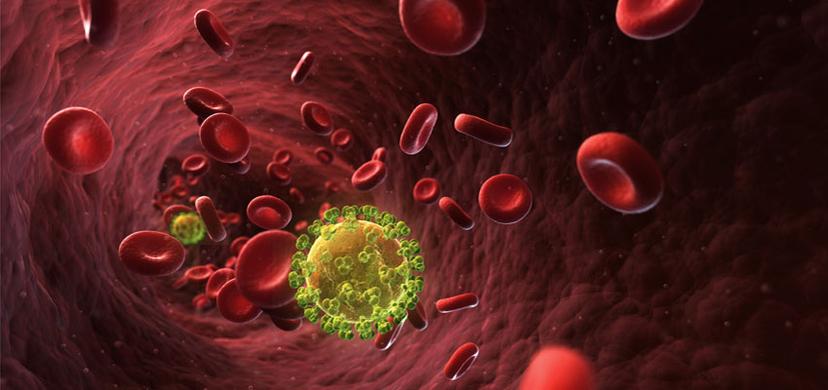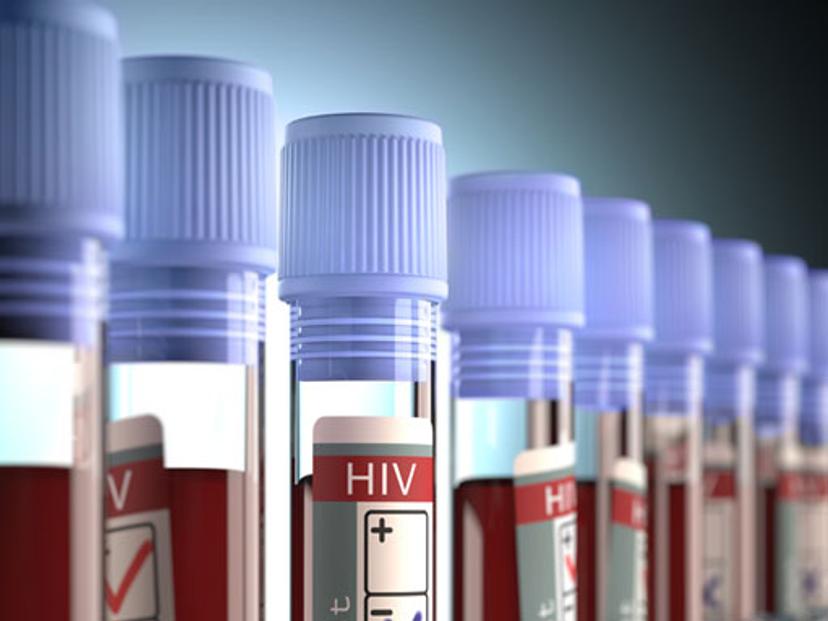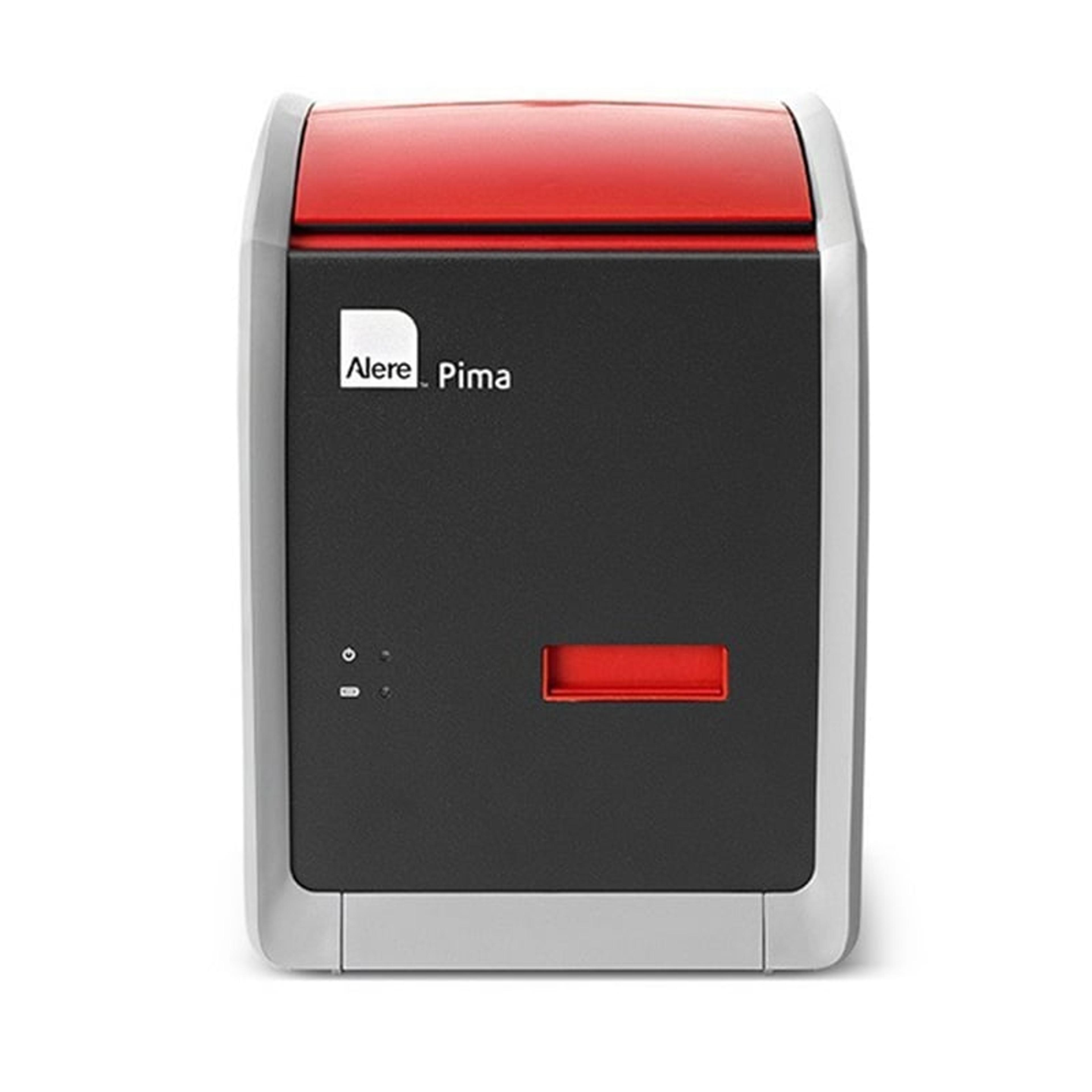The Evolving Laboratory Detection and Monitoring of HIV & AIDS
On World AIDS Day, SelectScience looks at advances in HIV diagnostic testing and monitoring
1 Dec 2015

HIV in the bloodstreamWorld AIDS Day World AIDS Day is held on the 1st December each year and is an opportunity for people worldwide to unite in the fight against HIV, show their support for people living with HIV and to commemorate people who have died. World AIDS Day was the first ever global health day, held for the first time in 1988.
The 1st of December is World AIDS Day, a day for people across the globe to unite together in the fight against HIV. This article looks at some of the most recent advances in the laboratory diagnostics of HIV.
What is HIV?
There are estimated to be 34 million people around the world living with HIV (Human Immunodeficiency Virus)1. If left untreated, HIV progresses to the life threatening immunodeficiency disease known as AIDS. HIV replication attacks the immune system by destroying CD4 lymphocytes (so-named because they have CD4 molecules on their cell surface). When the CD4 lymphocyte count falls below 200 cells/μL, patients are likely to contract the life threatening, opportunistic infections characteristic of AIDS, such as tuberculosis, Pneumocystis pneumonia and Toxoplasma gondiiencephalitis2.
Early diagnosis is key

HIV test tubes waiting to be tested
It is vital that HIV is diagnosed early. The virus is at its most contagious during the early phases of infection and could be transmitted to other people if diagnosis is delayed. Early diagnosis also allows for prompt retroviral treatment and early referral to counselling services.
The initial laboratory diagnosis of HIV is usually carried out by immunoassay testing for HIV-1 antibodies, HIV-2 antibodies and HIV-1 p24 antigen to screen for established infection with HIV-1 or HIV-2 and for acute HIV-1 infection.
In June 2014 the FDA approved the use of the Siemens ADVIA Centaur HIV Ag/Ab Combo (cHIV) assay, a test that has been in use in Europe since 2010. The ADVIA assay is designed to simultaneously detect the presence of the HIV viral protein (p24 antigen) and the antibodies produced in response to the HIV (HIV-1 or HIV-2) viral infection3.
Other HIV combination immunoassays available include The Abbott ARCHITECT HIV Ag/Ab Combo assay and the Bio-Rad Genscreen ULTRA HIV Ag-Ab Assay.
Home-testing for HIV
Self-testing HIV kits became available in the UK in April 2015. The Bio-SURE HIV Self-Test is the only CE-marked test available for use in the UK and is a qualitative lateral flow assay to detect HIV antibodies. The manufacturers claim that the test is over 99.7% accurate.
The OraQuick self-testing HIV kit from OraSure Technologies has been on sale in the US since 2012. This test is also based on lateral flow technology and qualitatively detects HIV antibodies. More scientific studies have been carried out on the OraQuick test and the manufacturers claim a 99.3% Sensitivity and 99.8% specificity4.
Detecting and Monitoring HIV in the Developing world
HIV diagnosis and monitoring is mainly carried out in the laboratory by trained laboratory staff. In the developing world however, there is a requirement for the decentralization of HIV testing and monitoring, as the majority of people live in rural areas. It is in this area that some of the most exciting diagnostic developments have been seen in recent years.
In October 2014, Roche Diagnostics committed to expanding access to its COBAS AmpliPrep/COBAS TaqMan HIV-1 Test version 2.0 through a special pricing scheme for qualifying organizations in eligible countries. The test uses nucleic acid amplification to assess viral loads. The Program was launched during the 20th International AIDS conference in July 2014. The Diagnostics Access Initiative calls for improving laboratory capacity to ensure that all people living with HIV can be linked to effective, high-quality HIV treatment services5.
In March 2015, Alere announced that its Alere q HIV-1/2 Detect assay, the first molecular diagnostic at the point of care, had been awarded a CE Mark. The Alere q uses fully automated, multiplexed real-time PCR methodology to distinguish between HIV 1 (M/N), HIV 1 subgroup (O) and HIV 2. The analyzer uses a unique cartridge system that completely removes the complexity of operation from the user. Sample manipulation during the usual PCR steps is not necessary and this eliminates processing errors and contamination concerns. The system is even battery-powered.
Alere also markets the Alere Pima™ Analyzer, a small, lightweight CD4 count analyzer that employs the same static image analysis and counting principles as existing CD4 enumeration technology. The platform is powered by rechargeable battery or mains A/C power. It is fully portable and weights just 2.5kg. This analyzer is able to provide a fully automated CD4 count, at the point of care, in less than 20 minutes.
In July 2015, Beckman Coulter announced the expansion of its CARES (Cellular Accessible Retroviral Evaluation Systems) Initiative. CARES focuses on providing innovative solutions for the monitoring of HIV and AIDS treatment in Africa. The company has developed a compact flow cytometer, the ‘LOAD & GO’ Aquios CL, that can be used in smaller laboratories and operated by minimally trained users. The Aquios automatically prepares samples including mixing, cap piercing, sample preparation and analysis. This removes potential for user error and provides the genuine ‘load and go’ capacity that is required in the developing world.
World AIDS Day is an opportunity to spread awareness of HIV and to show support and solidarity with the people living with HIV. You can find out more about the initiative here.
References:
http://www.worldaidsday.org/about
http://www.cdc.gov/std/treatment/2010/hiv.htm
//zephr.selectscience.net/product-news/fda-approves-siemens-hiv-combo-assay/?artID=37711
http://www.fda.gov/downloads/Adviso%E2%80%A6uctsAdvisoryCommittee/UCM303652.pdf

